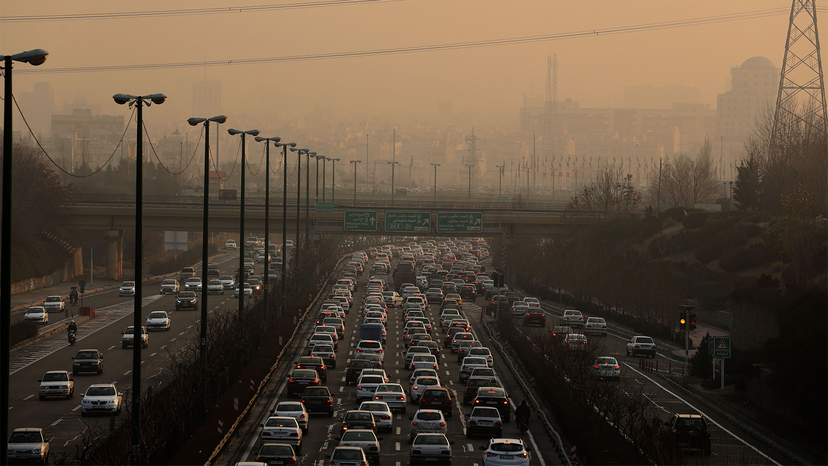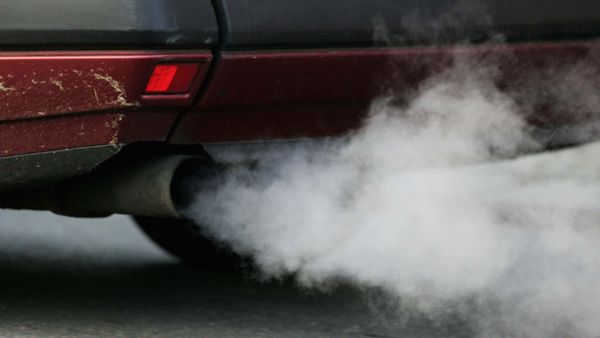Emissions from cars increase the levels of carbon dioxide and other greenhouse gases in the atmosphere. At normal levels, greenhouse gases keep some of the sun's heat in the atmosphere and help warm Earth. That said, many scientists believe that burning fossil fuels such as gasoline causes greenhouse gas levels to spike, leading to global warming.
Scientists use sophisticated instruments to measure concentrations of harmful substances in the air, but it's tough to say exactly what percentage of air pollution comes from cars. This makes sense, because many other human activities contribute to air pollution as well. In fact, the production of electricity by coal-fired power plants and other sources can cause more pollution than most cars. If that wasn't enough, we pollute the air when we heat our homes and public buildings with fuels other than electricity — just as we do when we drive our cars. Even people who don't drive add to pollution when they buy goods and services that involve fuel when they're made or delivered.
What we do know is that the transportation sector is responsible for over 55 percent of NOx total emissions inventory in the U.S., less than 10 percent of VOCs emissions in the U.S. and less than 10 percent of particulate matter emissions in the U.S. Volatile organic compounds, or VOCs, are gases that are emitted into the air from products or processes, according to the American Lung Asociation, and come from deisel emissions and the burning of gasoline.
Although the U.S. Environmental Protection Agency (EPA) declared cars "mobile sources" of pollution, they aren't the only culprits. Big trucks, bulldozers, ships and boats, trains and even snowblowers pollute the air.
The Inventory of U.S. Greenhouse Gas Emissions and Sinks estimated that mobile sources constituted 32 percent of total anthropogenic greenhouse gas (GHG) emissions in the United States in 2019 when including emissions from non-transportation mobile sources. And according to a study by researchers at the University of Toronto, published in 2015, 25 percent of cars and trucks are causing about 90 percent of pollution from the vehicle fleet.
The United States was long considered the world's biggest polluter in terms of carbon dioxide and other greenhouses gases, but China has moved into the top spot, according to the Global Carbon Project 2020.
The percentage of air pollution caused by cars is higher in urban areas and higher still near major highways. Fortunately, better fuels and new technologies in cars help. The U.S. government has imposed tougher emissions standards, and consumers want better efficiency. According to the EPA, today's cars are 98 to 99 percent cleaner for most tailpipe pollutants compared to the 1960s. Hybrid cars, electric cars and alternative fuels will continue to help, but the sheer number of people — and cars — on the roads offsets these improvements.
People can help by driving less. Combine trips for efficiency. Walk, bike, carpool or use public transportation when you can.


